Balkhash (also spelled Balqash) is a small industrial town in central Kazakhstan, located on the northern shore of Lake Balkhash, one of the world’s largest partially freshwater, partially saltwater lakes. Established in the 1930s, the town grew around copper mining and metallurgy, industries that still define its economy today. While it has a somewhat utilitarian Soviet-era layout, its location near the lake gives it a unique appeal, especially for those interested in fishing, local history, or Soviet industrial heritage. The contrast between the lake’s turquoise waters and the barren steppe landscape makes for an interesting setting, and the town serves as a gateway for exploring the surrounding region.
Looking for a place to break up our long journey from Almaty to Astana, there wasn’t much else along the way. Situated about halfway between the two cities, this random town of Balkhash seemed like the obvious choice. We arrived at dawn on an overnight bus from Almaty and walked along the desolate streets to our hotel.
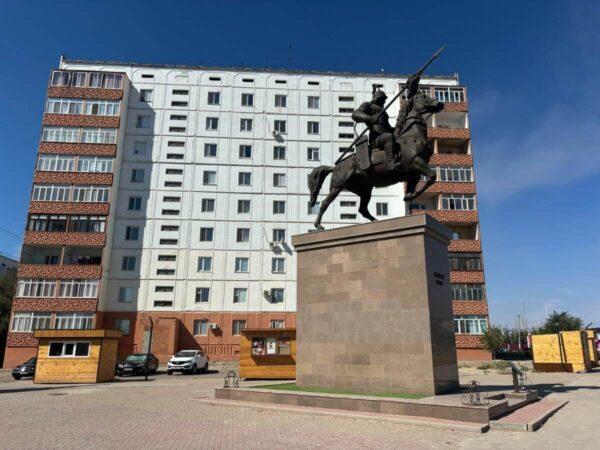
Affiliation disclosure: By purchasing goods or services via the links contained in this post, I may be earning a small commission from the seller's profit, without you being charged any extra penny. You will be thus greatly helping me to maintain and keep enriching this website. Thanks!
Despite its negligible size and remote location, Balkhash offered surprisingly wide range of accommodations, likely catering to travelers stopping overnight on their way between the country’s main cities.
We chose Hotel Akerke because it was one of the cheapest options. When we arrived early, the place seemed abandoned. We sat by the entrance, made coffee on our camping stove, and waited. Eventually, a grumpy old lady appeared, let us in, and handed us the key with little ceremony, leaving us to help ourselves.
The room exceeded our expectations—it was spacious, clean, and bright. However, the breakfast, next morning, was dreadful: stale bread and cold, boiled eggs straight from the fridge, served in a windowless room that felt more like a janitor’s closet than a dining area.
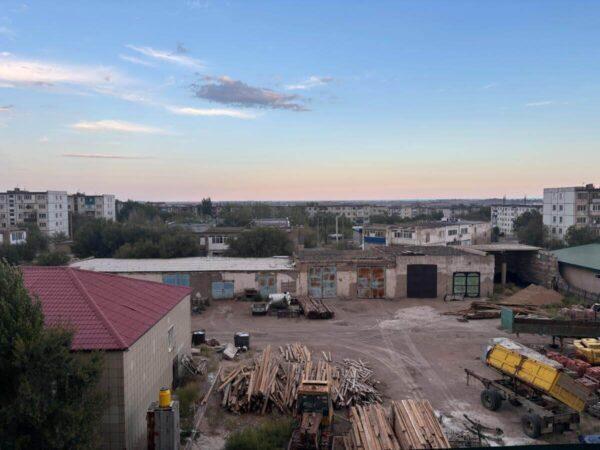
The two grumpy old ladies who ran the hotel alone were utterly rude. Beyond their generally unfriendly attitude, they insisted we pay a penalty for staying an hour past the 24-hour cycle— even though we left before the stated check-out time. We completely ignored them as they shouted after us.
Overall, it’s an acceptable place to spend a night, provided you have a hardy stomach and you can find the owners entertaining in a cynical way. You may explore more accommodation options on the map below.
Stay22 is a handy tool that lets you search for and compare stays and experiences across multiple platforms on the same neat, interactive map. Hover over the listings to see the details. Click on the top-right settings icon to adjust your preferences; switch between hotels, experiences, or restaurants; and activate clever map overlays displaying information like transit lines or concentrations of sights. Click on the Show List button for the listings to appear in a list format. Booking via this map, I will be earning a small cut of the platform's profit without you being charged any extra penny. You will be thus greatly helping me to maintain and keep enriching this website. Thanks!
Rewinding: we left our stuff and headed out. We had a lovely breakfast—unlike tomorrow—at this café. Despite being housed in a dark semi-basement, it served good food and had modern décor. Then, we spent most of the day walking around town.
Sightseeing-wise, there weren’t many places of interest.
We saw…
- A monument of Zhidebai Batyr, a prominent Kazakh commander during the early 18th century, particularly noted for his role in the Kazakh-Dzungar Wars. These conflicts culminated in the Battle of Anyrakai (120 kilometers south of Lake Balkhash), which took place between December 1729 and January 1730. His leadership during this period was instrumental in defending Kazakh territories against Dzungar invasions. (location)
- The Khamzina Palace of Culture in Balkhash, Kazakhstan, a prominent cultural venue named after poet and playwright Zh.K. Khamzin. The building’s neoclassical design, featuring grand columns and intricate decorative elements, gives it a stately presence in the city. It serves as a center for concerts, theatrical performances, and community events. (location)
- And Vechnyy Ogon’, an eternal-flame memorial dedicated to soldiers who lost their lives in World War II whose eternal flame was off. (location)
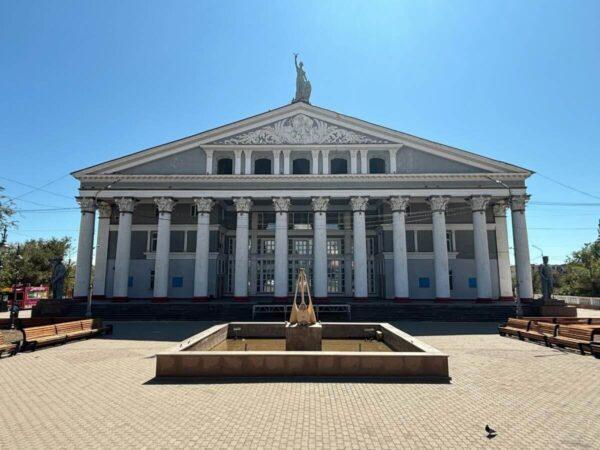
As for the rest, Balkhash felt like a typical decayed ex-Soviet industrial ghost town. In the large, sparse apartment blocks, most units seemed to have been abandoned for decades. The few people on the streets were mostly elderly ethnic Russians, their expressions steeped in hopeless misery and dulled by years of vodka abuse. The younger ones were slightly more cheerful, likely holding onto the hope of one day escaping this godforsaken place.
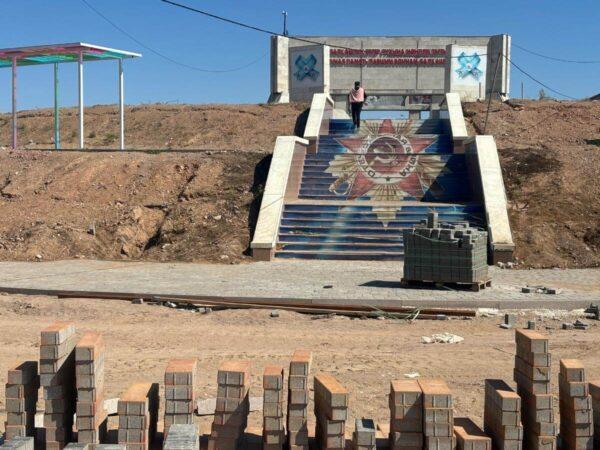
The city’s main park, Zhastar Park, was locked and deserted. Around the main square, a few well-maintained buildings and monuments stood. The city’s beach, Heroes’ Beach, was littered and undeveloped. Only a handful of food canteens stood on the spot, but they were closed even on a Sunday. We settled in the shade of a lone tree and rested on the beach for a while, gazing at the striking contrast between the serene lake and the towering factory chimneys looming on the opposite shore.
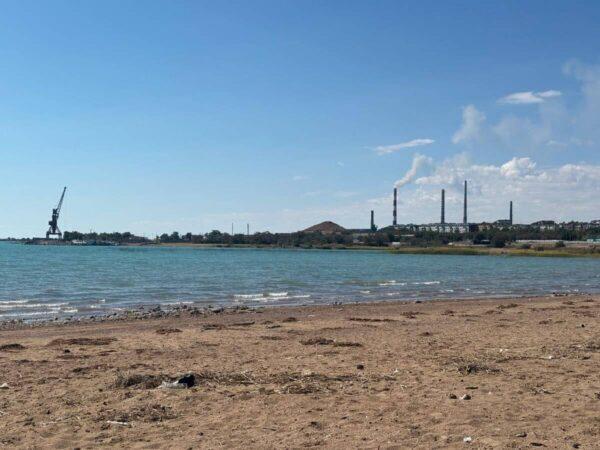
The town wasn’t any livelier on a Saturday night. We spent it on a bench in an empty playground with beers from the shop. After briefly becoming the only customers of this restaurant, we went to bed, ready to continue our trip to Karagandy the next day.
Activities in Kazakhstan
Photos
View (and if you want use) all my photographs from Balkhash in higher resolution.
